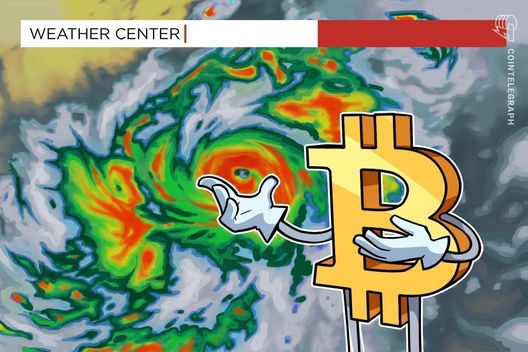

Bitcoin is bracing for a period of increased price volatility as the amount of Bitcoin available on exchanges, known as its spot supply, continues to dwindle. This situation arises from a confluence of factors, including rising institutional demand, the introduction of spot Bitcoin ETFs, and the diminishing supply of new Bitcoin entering the market following the recent halving event.
One of the primary drivers of this tightening supply is the increasing interest from institutional investors. The launch of spot Bitcoin ETFs in early 2024 has provided a more accessible avenue for these investors to gain exposure to Bitcoin, leading to a significant influx of capital into the cryptocurrency market. As these ETFs accumulate Bitcoin, they effectively remove it from the available supply on exchanges, further exacerbating the scarcity. The approval and growth of these ETFs have marked a pivotal moment in Bitcoin's transition from a speculative asset to a more established investment, according to analysts at Bernstein.
Adding to the supply crunch is the Bitcoin halving, an event that occurs approximately every four years. The most recent halving, which took place in April 2024, reduced the block reward paid to Bitcoin miners from 6.25 BTC to 3.125 BTC. This reduction in the rate at which new Bitcoins are created has a direct impact on the supply entering the market. With miners receiving fewer Bitcoins for their efforts, the flow of new supply is curtailed, further tightening the market. Historically, Bitcoin halvings have been followed by price appreciation due to the reduced supply and sustained or increased demand.
The combination of these factors – rising institutional demand through ETFs and a reduced supply due to the halving – creates a scenario where demand is outpacing supply. This imbalance typically leads to upward pressure on the price of Bitcoin. Swiss bank Sygnum highlighted that Bitcoin's liquidity has decreased by 30% over the past 18 months, which could lead to upward price volatility in the coming months. The bank's report emphasized that the surge in Bitcoin ETF inflows and the increasing acceptance of Bitcoin reserves by various governments are driving market expectations of a 'demand shock' where there are too many buyers and too few circulating tokens. Since the end of 2023, over a million BTC have flowed out of exchanges, with ETF institutions and corporate funds being the primary forces behind this trend. This shift is putting additional pressure on traders, who may face difficulties in closing positions or topping up margins during sharp market fluctuations due to liquidity constraints.
However, it's important to note that Bitcoin's price volatility is influenced by a variety of factors, not just supply and demand. Market sentiment, regulatory developments, and macroeconomic conditions also play a significant role. Positive news, such as major companies adopting Bitcoin or regulatory approvals for crypto investment products, can drive bullish momentum, while negative events, such as exchange hacks or regulatory crackdowns, can lead to sharp declines.
Several analysts have offered price predictions for Bitcoin in the near future, with Bernstein reiterating their forecast of $200,000 as Bitcoin's peak for this cycle. Other analysts predict that Bitcoin could surpass $200,000 by the end of the year, with a long-term target of $230,000. However, it's crucial to remember that these are just predictions, and the actual price of Bitcoin could vary significantly.
In conclusion, Bitcoin is entering a period where reduced spot supply, driven by institutional demand and the halving, is likely to contribute to increased price volatility. While this volatility presents opportunities for traders, it also carries risks. Investors should remain informed about market conditions and be prepared for potentially significant price swings.